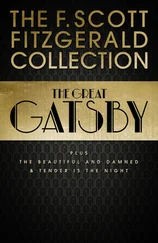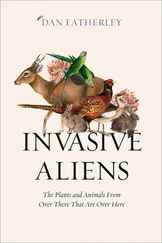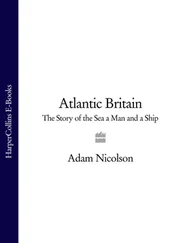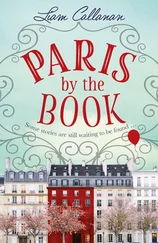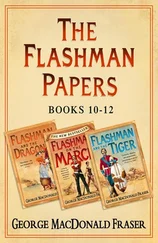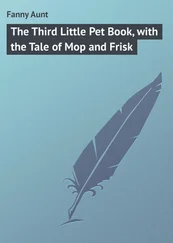JOHNNY
SCOTT
A BOOK OF
BRITAIN
THE LORE, LANDSCAPE AND HERITAGE OF A TREASURED COUNTRYSIDE
PHOTOGRAPHY BY
Cristian Barnett
For Sallioso
Cover
Title Page JOHNNY SCOTT A BOOK OF BRITAIN THE LORE, LANDSCAPE AND HERITAGE OF A TREASURED COUNTRYSIDE PHOTOGRAPHY BY Cristian Barnett
INTRODUCTION
CHAPTER ONE FARMING AND THE LANDSCAPE
CHAPTER TWO WOODLAND
CHAPTER THREE WEATHER LORE
CHAPTER FOUR WILDLIFE
CHAPTER FIVE WILD HARVEST
CHAPTER SIX FOLKLORE & CUSTOMS
CHAPTER SEVEN CRAFTS
CHAPTER EIGHT COUNTRY SPORTS
Index
Acknowledgements
About the Author
Associations
Copyright
About the Publisher
I was born in February at Hamsland Holt, a farm in that lovely part of the Kent and Sussex Weald, during the great storm of 1948. Family legend has it that my father carried the midwife in through the snowdrifts on his back and that I emerged by candlelight, as the wind howled round the house and heavy flakes battered the window panes. A surviving memento of the occasion rests in my filing cabinet in the form of a large brown envelope on which my father wrote, in his beautiful copperplate handwriting: ‘J. Scott, His Caul, 24 February 1948’. A child born with a caul, or amniotic sack, covering their face is believed in folklore to be protected from drowning – a superstition put to the test some years later when I fell into the Border Esk, a river notorious for its powerful undercurrent, when my father was fishing the Netherby beat.
SHORTLY AFTER MY BIRTH, MY PARENTS MOVED TO SCARLETTS FARM … IT IS HERE THAT THE KALEIDOSCOPE OF CHILDHOOD MEMORIES REALLY STARTS: THE PALE GREEN OF THE NURSERY WALLS AND THE OMNIPRESENCE OF NANNY PRATT; MY OAK-BEAMED BEDROOM AND THE SMELL OF MY MOTHER’S SCENT WHEN SHE CAME TO KISS ME GOODNIGHT.
Shortly after my birth, my parents moved to Scarletts Farm, a larger holding near Cowden with a lake and weir, four cottages, a watermill, an oast house and a beautiful Elizabethan farmhouse with a nursery wing to contain my older sister, myself and a nanny. It is here that the kaleidoscope of childhood memories really starts: the pale green of the nursery walls and the omnipresence of Nanny Pratt; my oak-beamed bedroom and the smell of my mother’s scent when she came to kiss me goodnight; the faces of the people who worked on the farm: Joe Botting, the pig man and gardener; Billy Akehurst, the horseman, who always wore grey Derby tweed breeches and brown leather leggings; and Matt, the cattleman. Other faces are less distinct – Jim Akehurst’s wife Betty, who cleaned, and Mrs Rogers, who cooked and lived in a cottage by the water mill with her father, a First World War veteran who had lost both feet at the Battle of the Somme and got about on leather knee pads. I remember, too, my parents’ closest friends – Robert Clarke, Paul Carver, John Robson, Jimmy Waters and Kemble Watley – warming themselves in front of the big, open inglenook fireplace in the drawing room with its elaborately carved wooden surround, after a day’s shooting or hunting. (The carvings were reputedly the work of Dutch drainage experts, carved in return for a night’s lodging on their journey back to Holland after completing the seventeenth-century Fen drainage schemes.)
There were stables up at the farm yard for the cart horses, my parents’ hunters and an evil-tempered grey pony called Twilight, on whom I hunted for the first time, aged four, when the Old Surrey and Burstow Foxhounds met at the house. This is a memorable occasion because I was led on foot by my perspiring father, who then contrived to be in the right place when the hounds killed and as a consequence I was ‘blooded’ by that marvellous huntsman, Jack Champion. A succession of great lolloping foxhound puppies spring to mind. Traditionally, all Hunts like to send puppies to ‘walk’ with local people for about nine months; it helps the young hound become acclimatised to humans, machinery and farm animals before returning to the discipline of Hunt kennels.
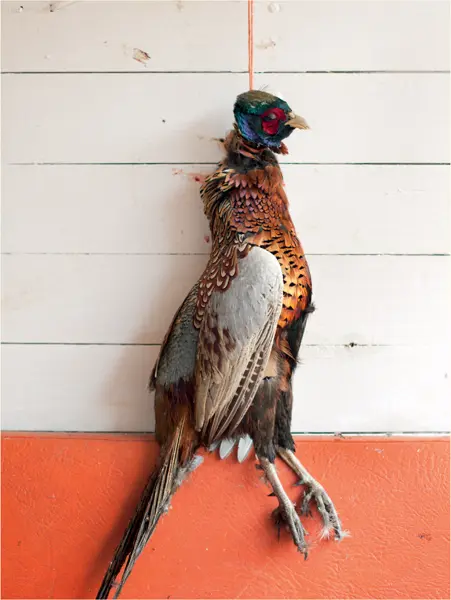
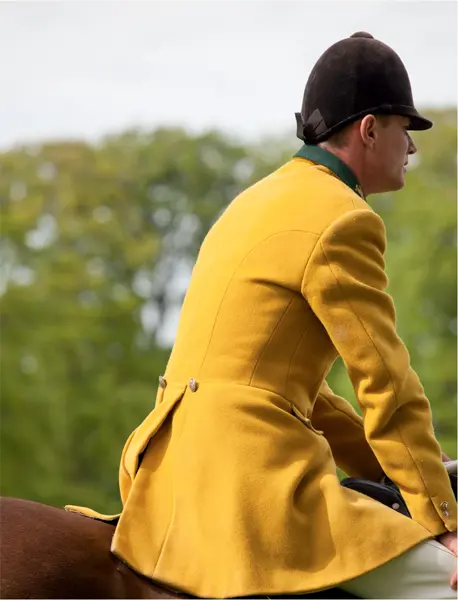
Until the centuries of hunting instinct begin to develop in them, these puppies are as enchanting as any other young animal, and I can remember names such as Outcast and Harmony, Furrier and Falcon, or Dexter and Melody with whom I romped as a child. From the whole family’s perspective, walking a hound puppy is enormously satisfying and enables them to become more involved with their local Hunt. They can see their protégé being judged at the local Hunt puppy shows and it may even graduate to some of the great annual hound shows at Harrogate, Honiton or Peterborough and, of course, they have the pleasure of following its career on hunting days. I can still recall a furious argument with a small girl, both of us aged about five years old, over the relative hunting prowess of ‘our’ individual hounds. Many Hunts present puppy walkers with a keepsake by way of thanks at the annual puppy show, and I have a whole collection of ephemera ranging from silver spoons and cups to engraved glasses and even a snuff box presented to my grandfather engraved: ‘Bolebroke Beagles. 27 April 1932. Best Couple. Bachelor and Blue Beard.’

An image of the boot room, with its gleaming rows of hunting boots and gun cabinets, leaps to mind whenever I smell boot polish or Rangoon oil. Here my father’s terriers had their beds: Tweedle, Tory, Tiger and Trooper. These were all taciturn working ‘stable’ dogs, bred from a Sealyham belonging to Jack Champion and a bare-skinned bitch belonging to Frank Chilman, who had been my grandfather’s gamekeeper at our home, Tremains. I learnt my first lesson in the treatment of animals from them; their master’s son I may have been, but that didn’t mean they would tolerate any liberties. I was introduced to wildlife on our afternoon walks through the ancient coppiced woods on the farm with Nanny Pratt. These were not just walks for the good of our health; rationing was still enforced and Nanny Pratt always carried with her a Sussex trug made from willow boards and, depending on the season, she filled it with flowers for the nursery, edible plants, berries or nuts. Trailing along behind her as she foraged, my sister and I quickly learnt to identify what was edible, where to find it, and why it grew there. We soon understood that some plants might look good to eat but are, in fact, deadly poisonous – such as the black or translucent berries of climbing byrony, or the dark purple ones of deadly nightshade – and we knew never to touch those we did not recognise. At the same time, any inquisitive child is bound to take an interest in the wildlife around him or her as they walk, surrounded by birdsong, darting insects and the furtive rustling of unseen little creatures. It was on these outings with Nanny Pratt, as I began to learn about the breeding seasons of animals, that the seeds of my fascination with natural history were sown.
On these afternoon walks we sometimes met others bent on the same mission as ourselves, such as womenfolk from the village or retired farm workers harvesting the hedgerows for a whole range of edible or medicinal plants. In the early autumn there were always families of noisy Cockneys on their traditional holiday, when they came down from the East End to pick hops and apples, who would be searching for blackberries or rosehips along the lanes and in woodland. Later, on 14 September, it was the custom for bus loads of townspeople and their children to descend on the countryside to strip the hazel trees on Nutting Day. The coppiced oak, hornbeam, chestnuts and hazel woodlands were busy places through the winter, as the farm men cut and stacked the poles to dry for fencing materials. Sometimes we would see an old man cutting hazels to make into hurdles, and one winter a group of charcoal burners set up camp, living in wigwam-shaped canvas tents and building their curious earth-covered fires.
Читать дальше






